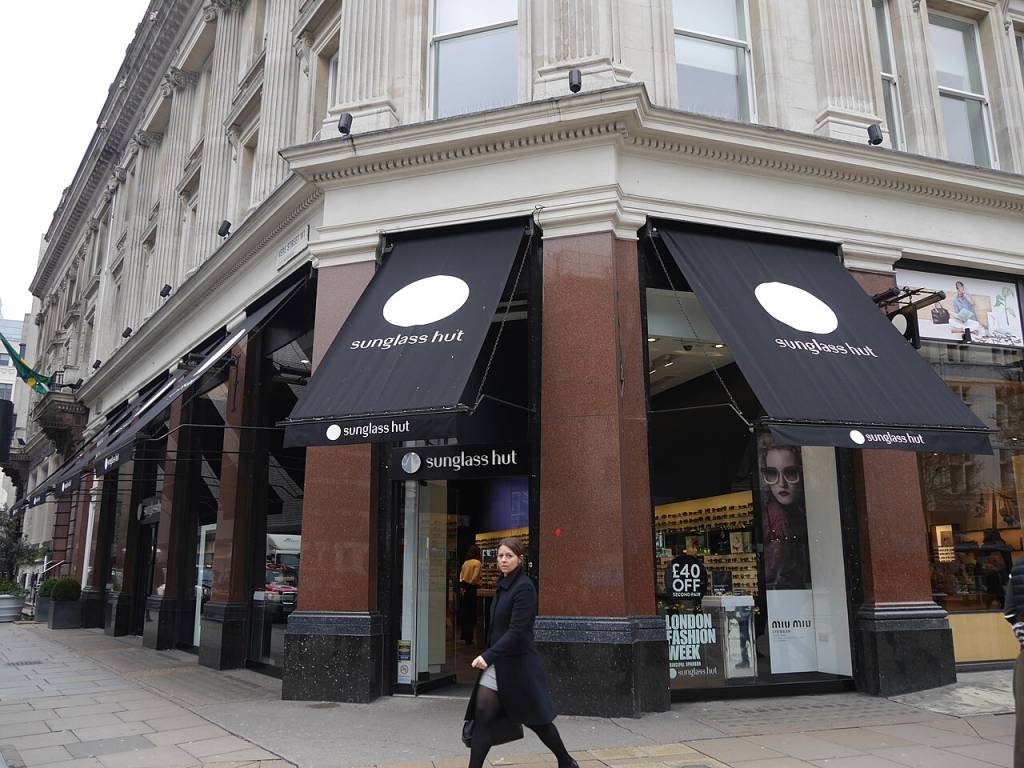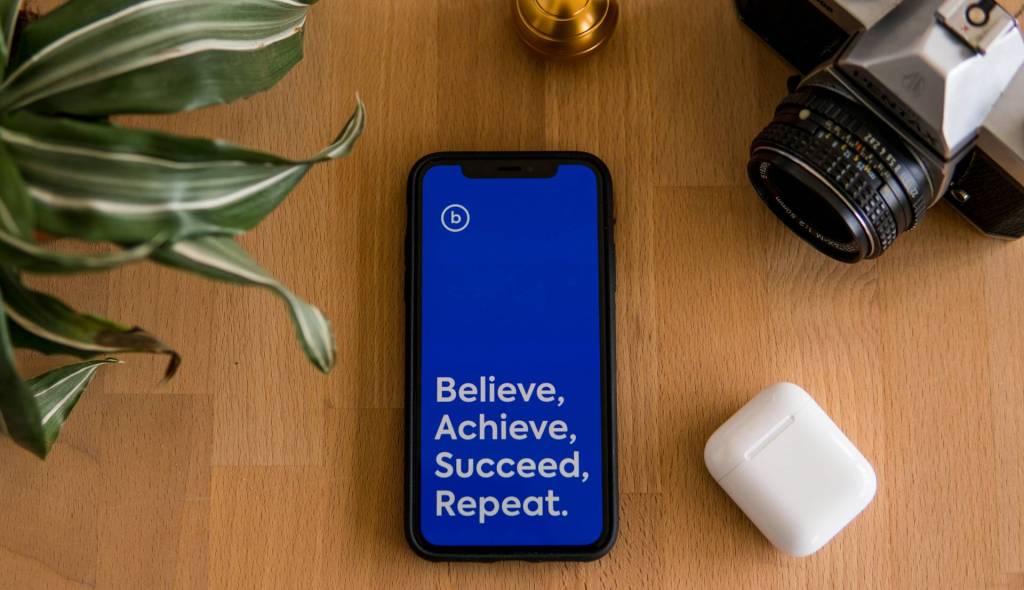 It’s the leading online networking site for the modern professional, and has proven very valuable to providing professionals from all sectors with a platform to connect, interact and share information. With a growing user base, LinkedIn has had to make changes over the years in order to improve user experience and enable companies and individuals maximize on their connections.
It’s the leading online networking site for the modern professional, and has proven very valuable to providing professionals from all sectors with a platform to connect, interact and share information. With a growing user base, LinkedIn has had to make changes over the years in order to improve user experience and enable companies and individuals maximize on their connections.
As someone looking to make the most of their brand (personal or company) interactions, you have to pay attention to the changes. If you are looking to catch up on the changes, here is a review of the features that the serious network has included (and removed) in the past year.
Relocation of status updates
With this change, users can no longer post their status updates on their profiles. The ability to update now resides on the home screen (for individual users) or the company page. This move was meant to encourage more users to visit the home page, something LinkedIn noticed many avoided. Also, for your network to see your status updates, they have to be logged into their home screen when you update.
It might be a little inconveniencing, but you have Twitter and FB to handle status updates anyways.
Introduction of LinkedIn Contacts
This new feature enables you to organize, tag and save your contacts from one location. With LinkedIn Contacts, you can bring together all your contacts from your LinkedIn network, emails, and address books. The feature is currently on a limited release basis: available only to users of the English version of the site. Global release is slated for later in the year.
You should know that once you opt for the Contacts feature, you reverting to the older system is impossible. It does make life easier though, seeing as you can also view the contacts who have yet to accept your connection requests.
Removal of email filters
Previously, you were able to send emails to your connections within a certain industry by selecting their email addresses. That ability is gone now, replaced by one where you have to tag your contacts in order to send emails. A limit of 50 people is imposed for doing this, which has not pleased a good number of LinkedIn users. However, LinkedIn’s point of view is that it doesn’t want the platform to be used for mass mailing.
LinkedIn Publishing platform
Simply connecting with other companies and professionals isn’t enough. To stand out from the crowd, the need to establish yourself as a thought leader is crucial, and with the rollout of a Publishing Platform feature, you can do just that.
With this feature, you can write longer blog posts that capture your professional insights and share them with your network. Posts become part of your profile, which helps when connections view your skills and experience.
The publishing feature has yet to be rolled out to all members, and currently is offered to a select number (around 25,000 members) that have to apply for early access. Applying for early access is possible on the LinkedIn site, with an email sent to the user if the application is approved.
The benefits of being able to publish content on LinkedIn are enormous. For a personal brand, this is an opportunity to establish your status as a thought leader, and provide insights your connections can’t get anywhere else. For a business, the Publishing Platform is perfect for providing meaningful content to an audience that will be looking for more than just the occasional status update.
The Content Index Score
To keep track of how well the content that brands publish on the platform fares, LinkedIn introduced the Content Index Score. Brands will be assigned scores to “gauge the effectiveness of their posts to company pages, their branded groups, posts by company ‘influencers’ who are part of LinkedIn’s publishing program, employee posts, and ‘sponsored updates’ ads that appear in users’ streams,” according to Cotton Delo, who’s done a great job reviewing the index score system.
This feature is intended for brands that craft LinkedIn campaigns to reach and advertise to users. For such a brand to maximize on its campaign, it will have to make changes such as increasing the frequency of posts, publishing higher quality content, or buy sponsored updates to increase reach: methods that boost the brand’s content index score.
The score will enable brands to see how well their content reaches their target audience; how well the brand performs across the entire LinkedIn network; and much closer to home, how a brand’s advertising performs in relation to its competition.
LinkedIn Pulse
Originally, LinkedIn Pulse was available on RSS readers for LinkedIn users accessing the site through smartphones. Now, it is the default news page, and displays all relevant posts by LinkedIn influencers as well as those from other companies and networks. With Pulse, you can keep up to date with the latest in your industry, and can customize the feature to display only the stories and posts that you find relevant.
Removal of Products and Services tab
The Product and Services tab was part of the Company Pages feature; one that allowed businesses the opportunity to highlight their products and services. Each product or service had to be accessed through this tab, and customers would be able to post their feedback.
However, effective April 14, 2014, the Products and Services function ceased to exist. While companies that featured their products and services will feel the loss, LinkedIn is replacing that with a new feature called the Showcase Pages.
Showcase Pages
Showcase Pages work well for individual brands, so if you have multiple products and services, you can set up an individual page for each offering. The idea behind this feature is that clients can access updates to only the products they like on these pages, as opposed to viewing everything on the company home page. If you are a brand that targets different client groups, this works in your favor. You can customize each Showcase page to cater and appeal to each group’s needs.
Showcase pages become a small extension of your overall brand. You can design each individual page differently and post updates as you like. There’s no limit to the number of Showcase pages you can come up with, though more than ten pages requires you to contact LinkedIn for approval.
The challenge with Showcase pages is getting followers to opt in on their own. Here, you can’t “add” people, they have to choose to do so willingly. This requires you to come up with creative and appealing pages, in terms of both visuals and text, in order to boost engagement. Consistency and clear messaging are your friends in this department, as is clearly defining your target market.
Groups
This one is not really a new feature but a suggestion to boost your branding endeavors, especially personal brands. Find groups that cater to your interests. There are bound to be a few groups you can relate to, and where you can contribute. Start one if you can, though this means constantly engaging with followers to keep them interested. Being active in groups is what benefits your brand, and often leads to growing your network.
Expect a few more changes to LinkedIn as the year rolls on, but for the time being, these were the major ones you should be updated on. They are all implemented towards helping brands increase engagement, and in the case of Showcase pages, enable companies give more visibility to their products and services.
Dedi Grigoroiu / Shutterstock.com












